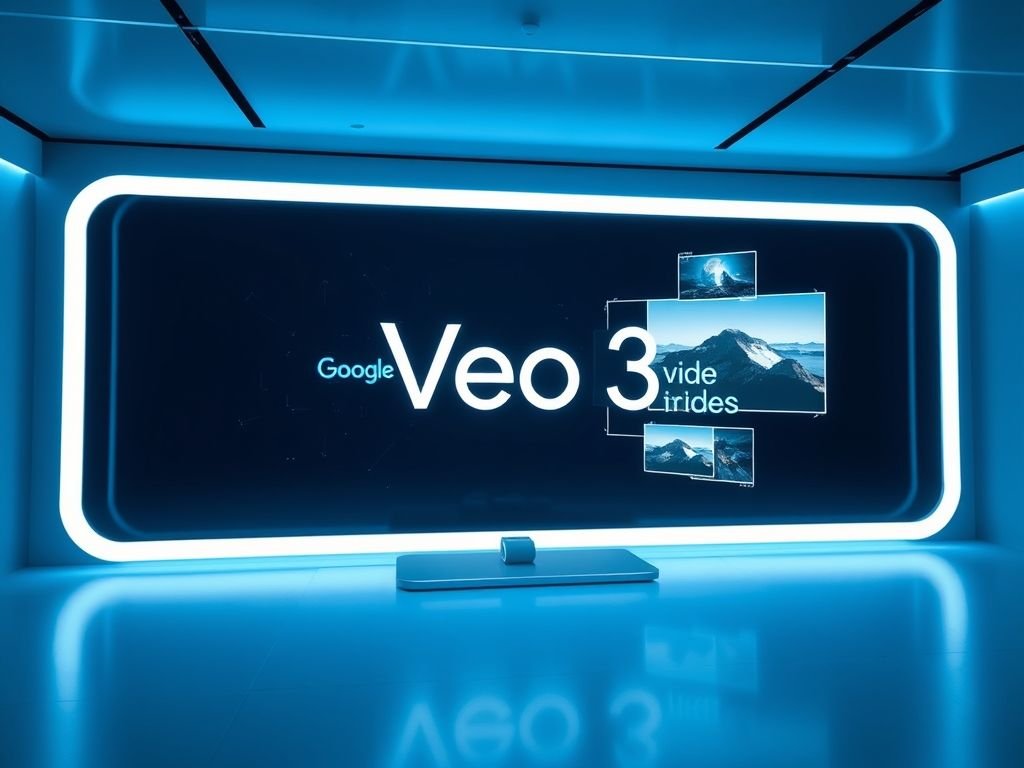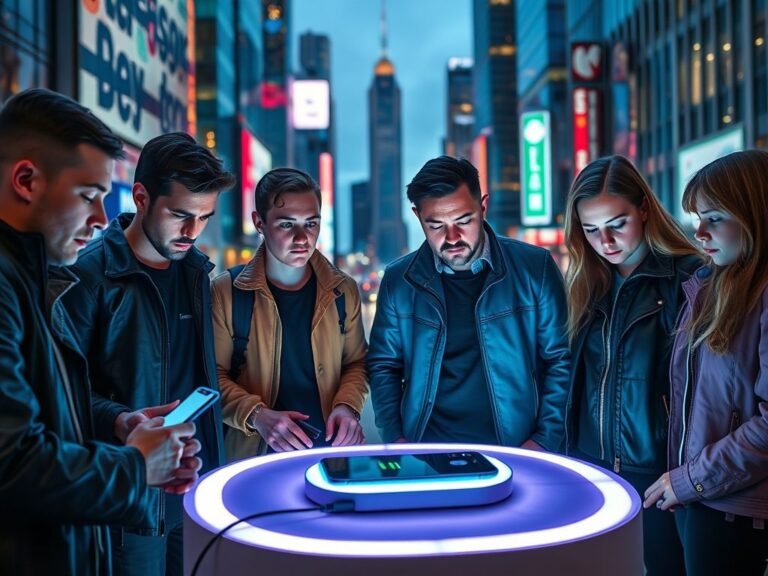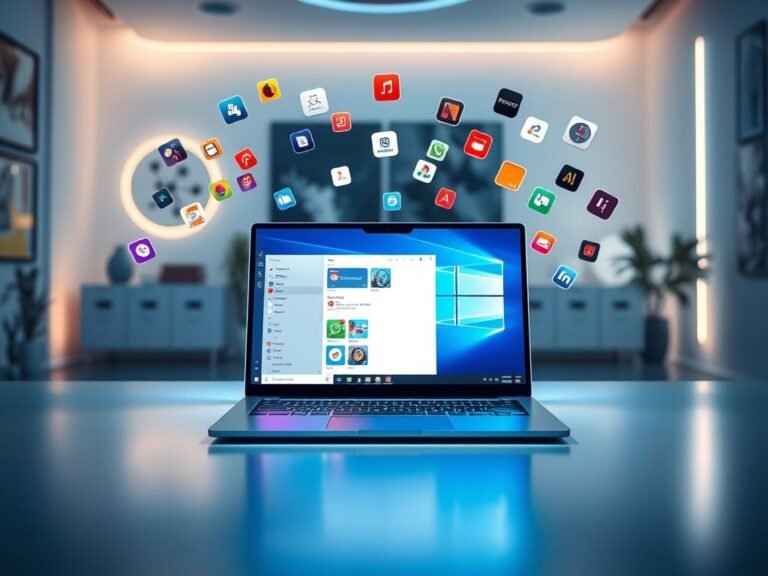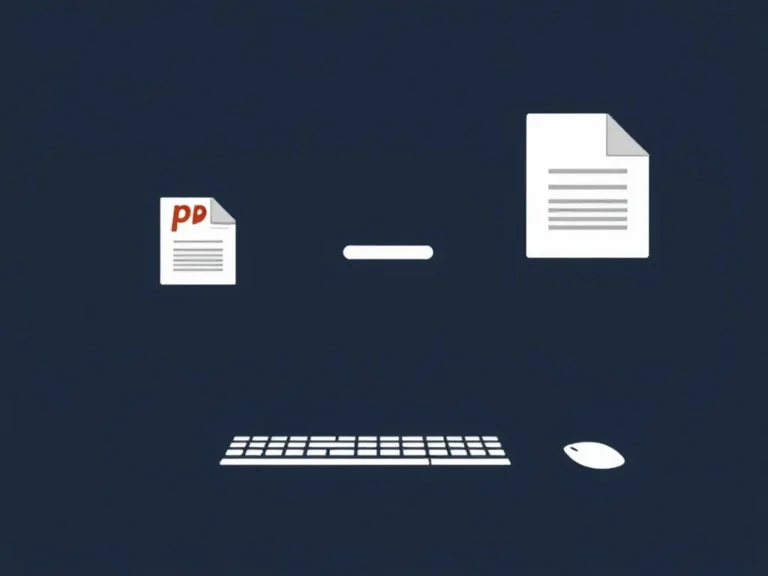One Image, One Click, One Video: Google Vids Gets a Veo 3 Boost

One Image, One Click, One Video: Google Vids Gets a Veo 3 Boost
Google’s AI-driven video creation tool, Google Vids, has crossed a significant milestone: over 1 million monthly active users — just a year after launching to Google Workspace customers. To celebrate the momentum, Google has rolled out a wave of powerful new features, turning Vids into one of the most accessible and intuitive video tools for businesses, educators, and creators.
What started as a simple AI video generator has evolved into a full-featured platform that blends automation with creative control — and the latest updates make it even easier to produce professional-quality videos in minutes.
Photos That Move: Veo 3 Now Live for Everyone
One of the most anticipated features is now widely available: the ability to turn still images into dynamic 8-second video clips — complete with motion and sound.
First introduced as a preview in June, this capability is powered by Veo 3, Google’s latest and most advanced video generation model. Whether it’s a product photo, a scenic shot, or a concept sketch, Vids can now animate it with realistic movement, natural lighting, and subtle audio cues — all with a single click.
This feature is especially useful for teams creating quick marketing clips, training snippets, or social media content without access to video footage or editing skills.
Meet Your AI Co-Presenter: Avatars Go Live
At Google I/O earlier this year, the company unveiled AI-generated avatars — digital presenters that can deliver your script in a professional video format. Now, that feature is generally available in Google Vids.
Users can simply write a script, pick an avatar from a diverse range of styles and voices, and generate a polished video — no camera, no setup, no stress. It’s ideal for internal communications, onboarding videos, or when you want to maintain privacy while still delivering a human-like presentation.
And for those who do prefer to appear on camera, Google has a new tool to help: automatic transcript trimming. It intelligently removes filler words like “um” and “ah,” as well as awkward pauses, letting you clean up a recorded video with just a few clicks.
Coming Soon: Noise Cancellation, Filters, and Backgrounds
Building on user feedback, Google is expanding the post-production toolkit. Next month, Vids users will gain access to:
- Noise cancellation for clearer audio,
- Virtual backgrounds and filters,
- And new appearance controls to adjust lighting and framing.
These tools bring Vids closer to professional editing software — but with the simplicity Google is known for.
More Formats, More Flexibility
Another highly requested feature is on the way: support for multiple aspect ratios. Soon, users will be able to export videos in portrait, landscape, and square formats, making it easier to share content across platforms like YouTube, Instagram, Teams, and internal dashboards — without awkward cropping or resizing.
Now Free for Everyone — With a Basic Editor
In a move to broaden access, Google announced that the core Vids editor — without AI features or Gemini integration — is now free for all Google account holders. While AI-powered tools like Veo 3 and avatars remain available to Workspace Business/Enterprise, AI Pro/ULTRA, and Education customers, the basic editor allows casual users to start creating videos without any cost.
It’s a smart step toward democratizing video creation, letting more people experience the tool before upgrading.
Users Want Simplicity — We’re Delivering It”
Vishnu Sivaji, Director of Product Management for Google Workspace, shared the team’s vision:
“As we make video creation more intuitive and powerful, the response has been incredibly positive. With the launch of Veo 3-powered clips and growing demand for AI-driven tools, we’ve now surpassed 1 million monthly active users. It’s clear: people want smart, simple ways to create — and we’re committed to making that possible for everyone.”
The Future of Work is Visual
With these updates, Google Vids is no longer just a side feature — it’s becoming a central tool in modern communication. From AI avatars to photo animation and smart editing, it’s redefining how teams share ideas, train staff, and tell stories — all without needing a production crew.
As AI continues to evolve, Google is betting that the next generation of content won’t come from studios, but from everyday users — with a little help from smart tools that feel like magic.





